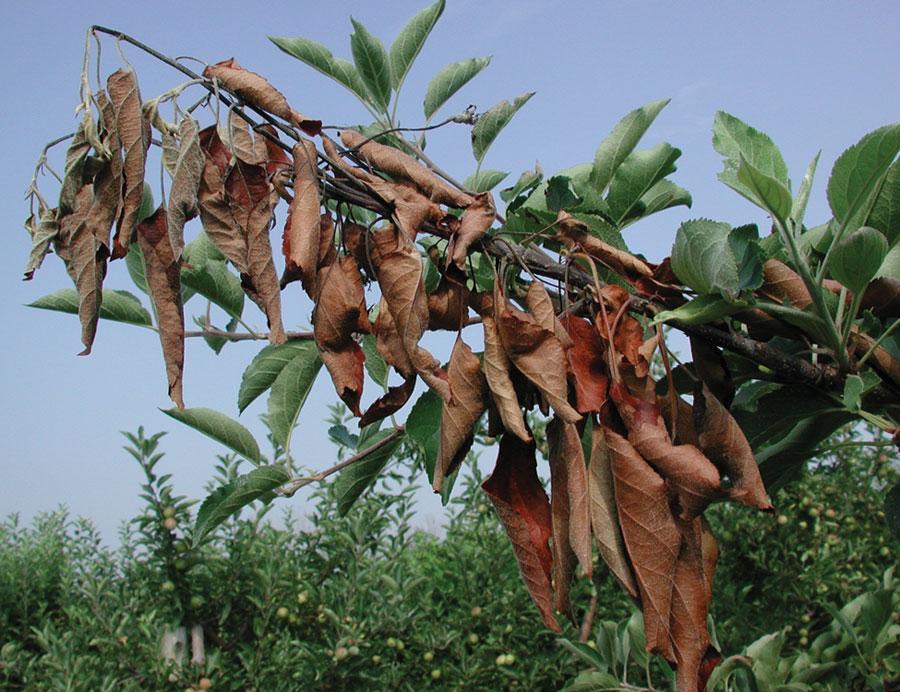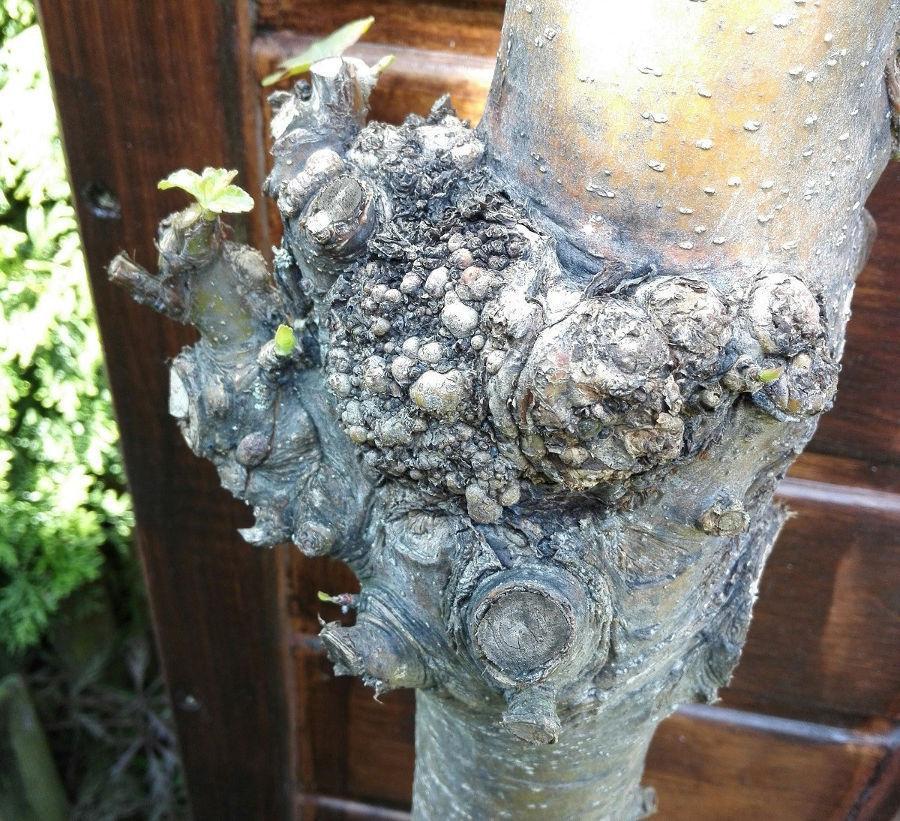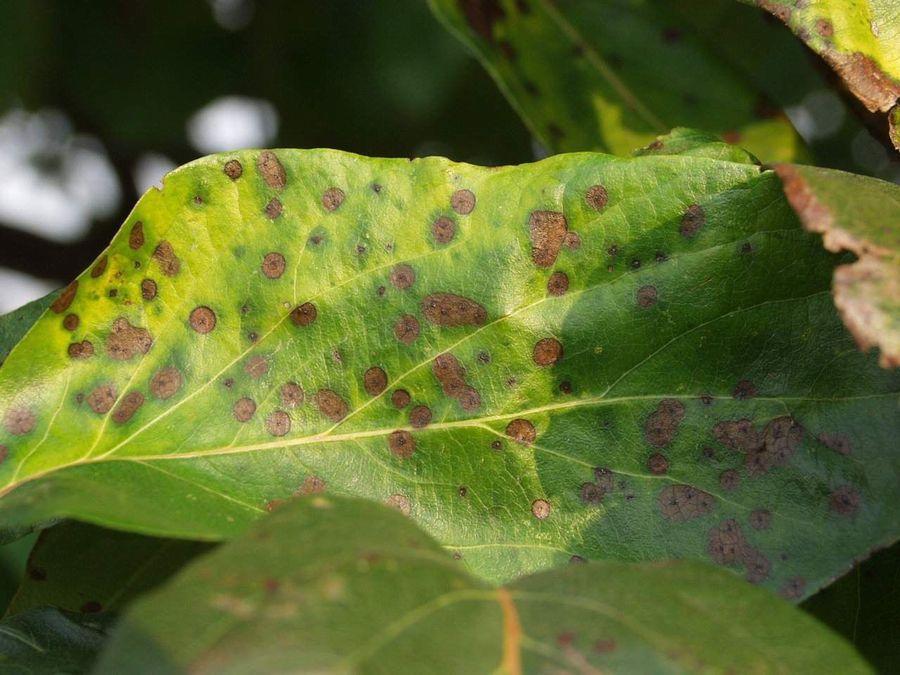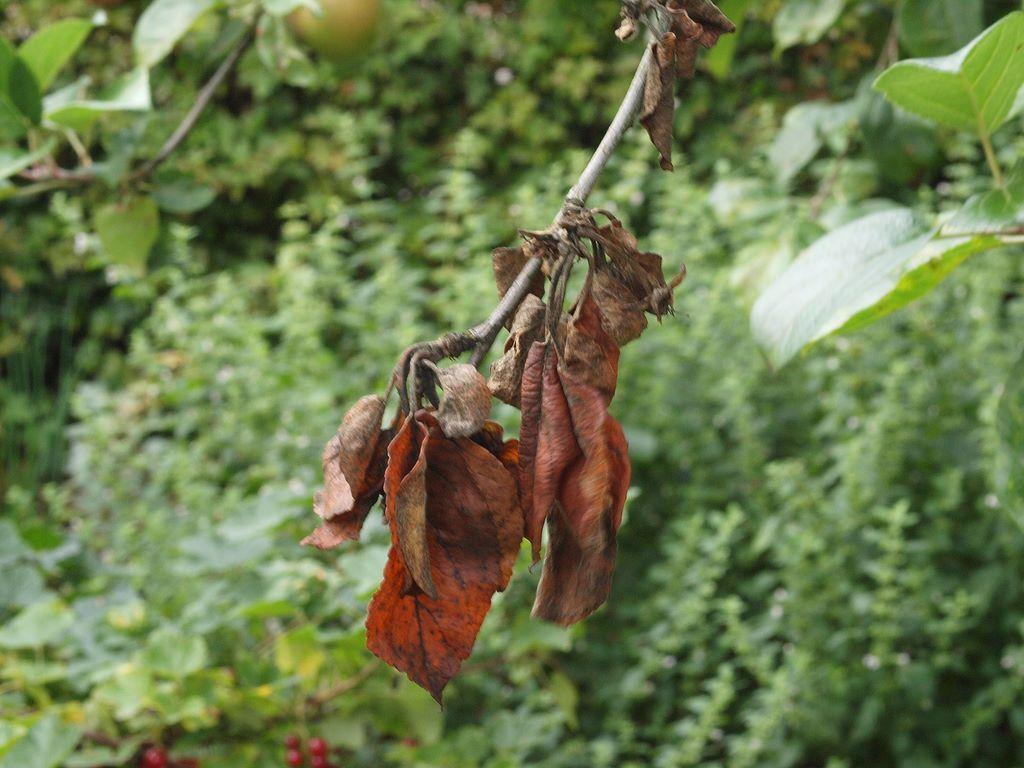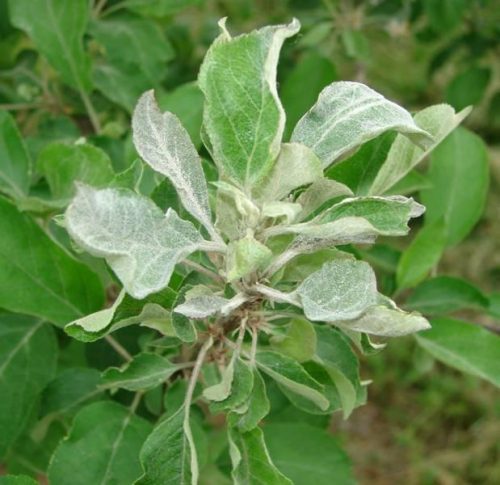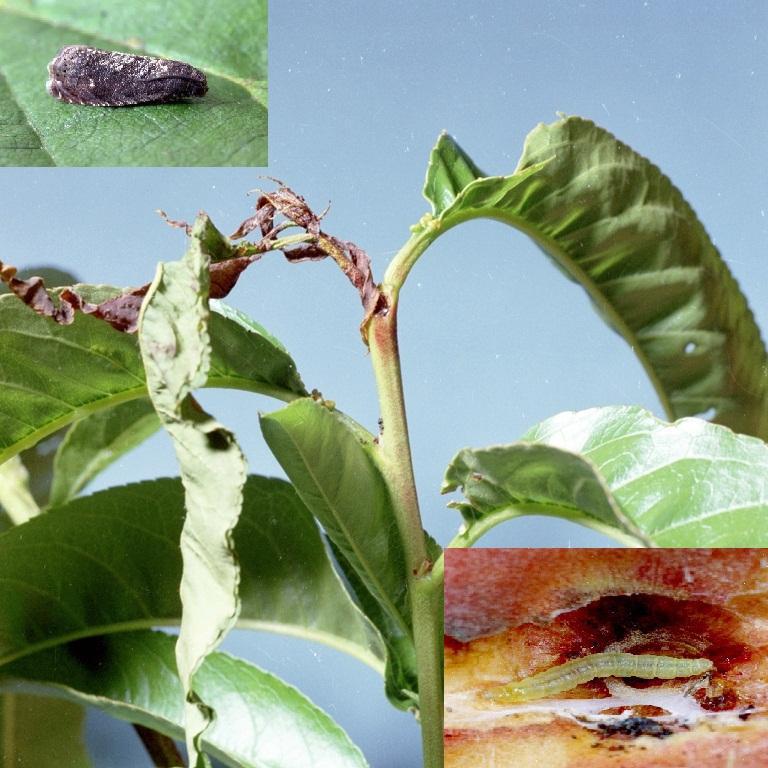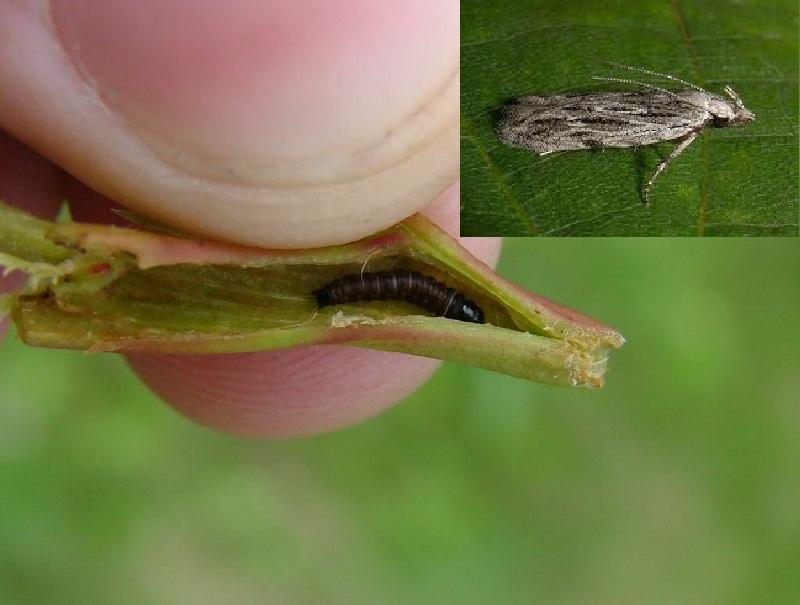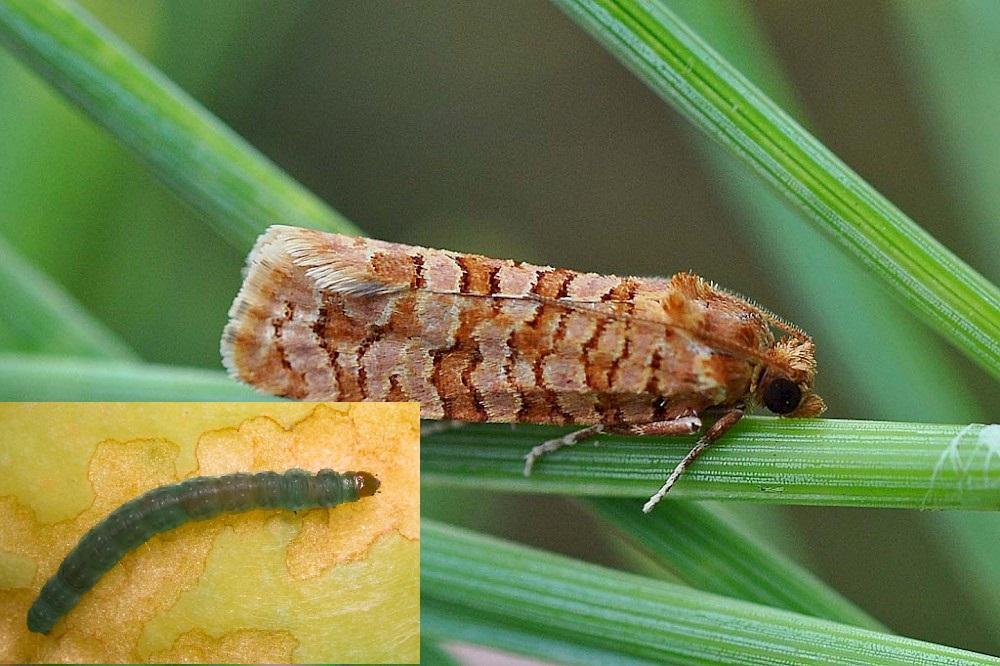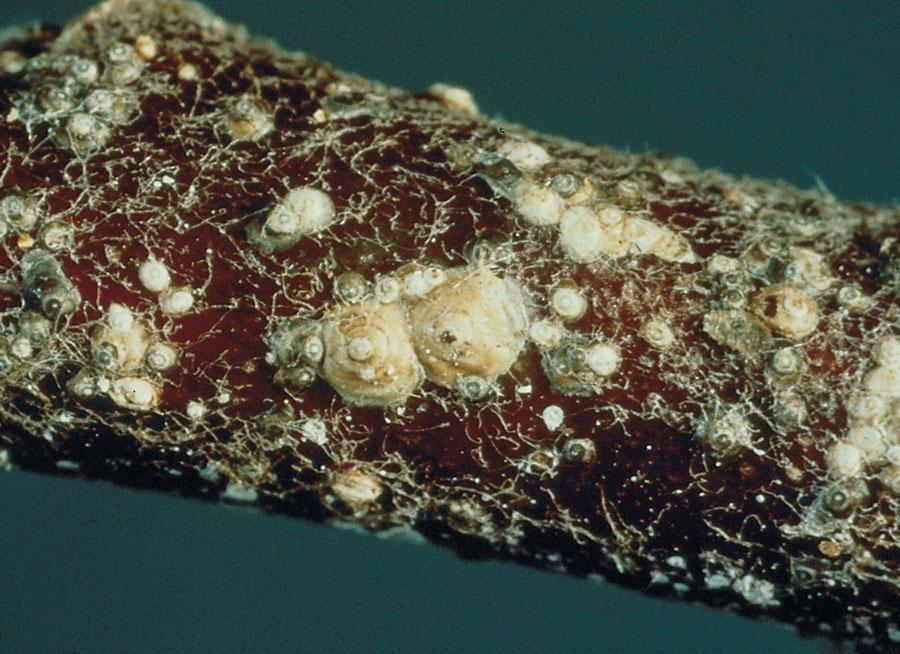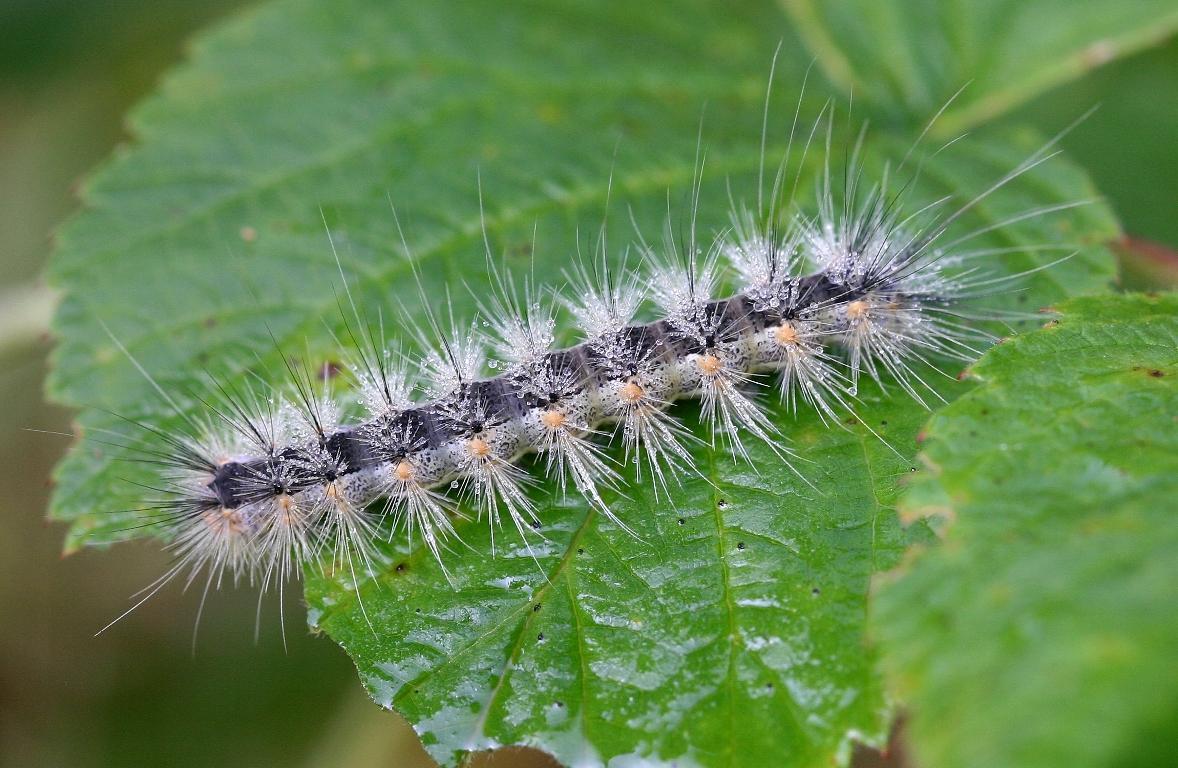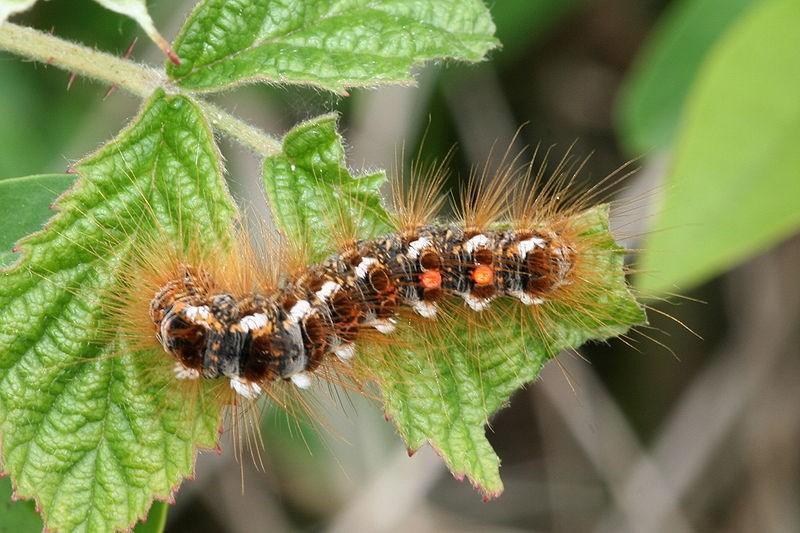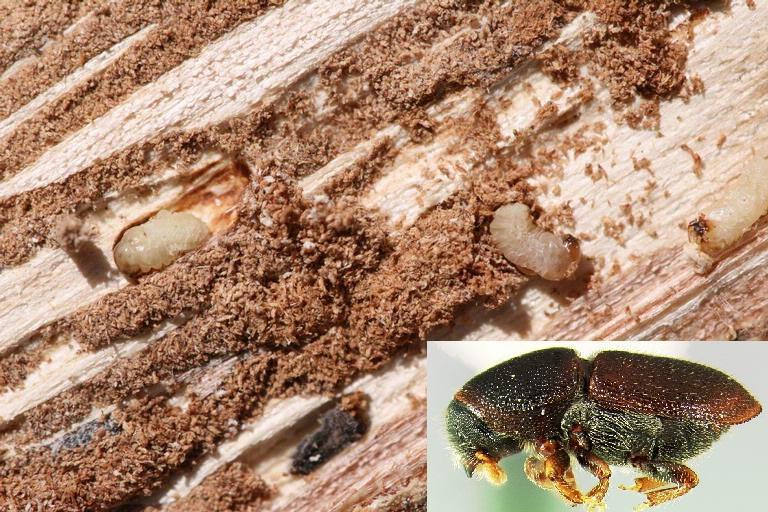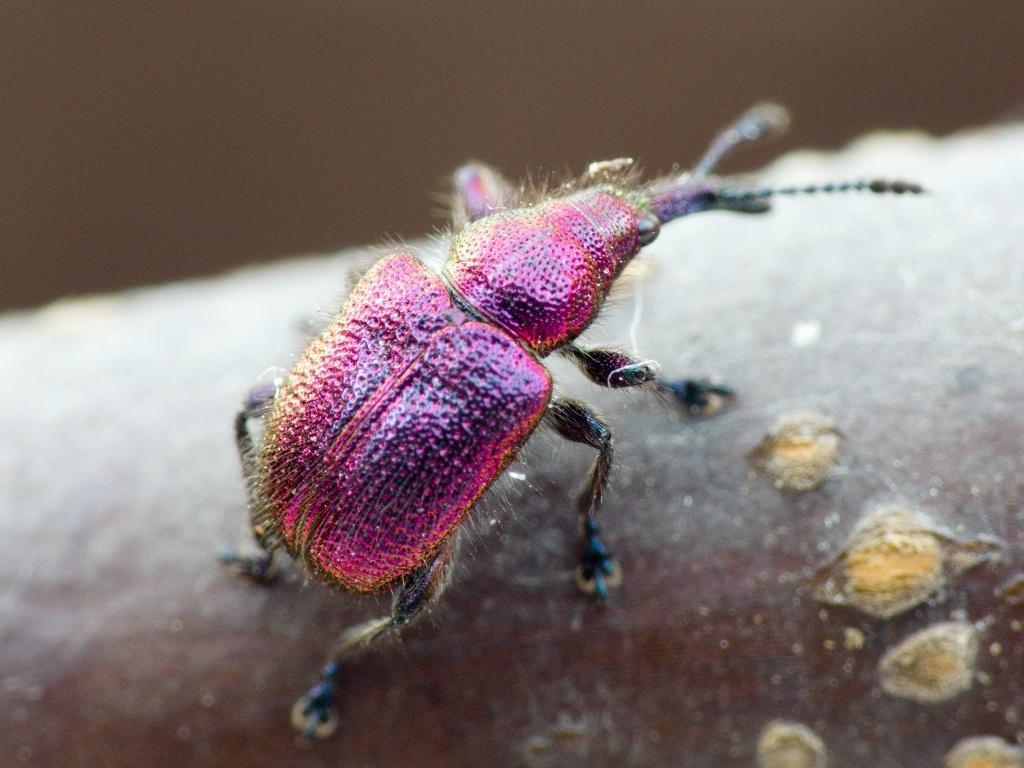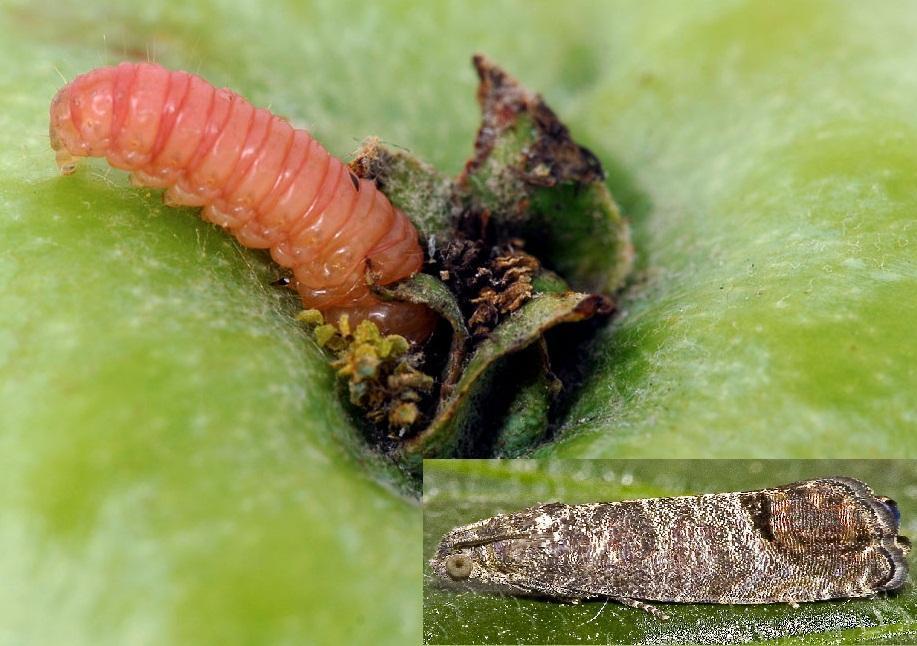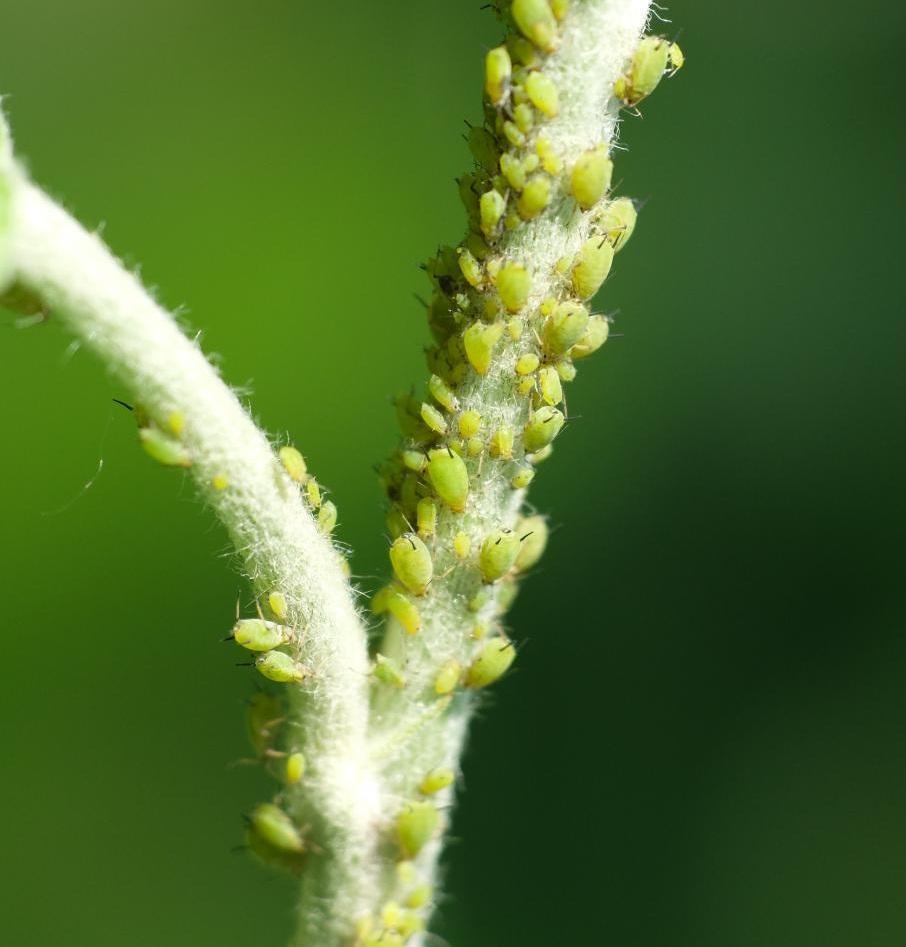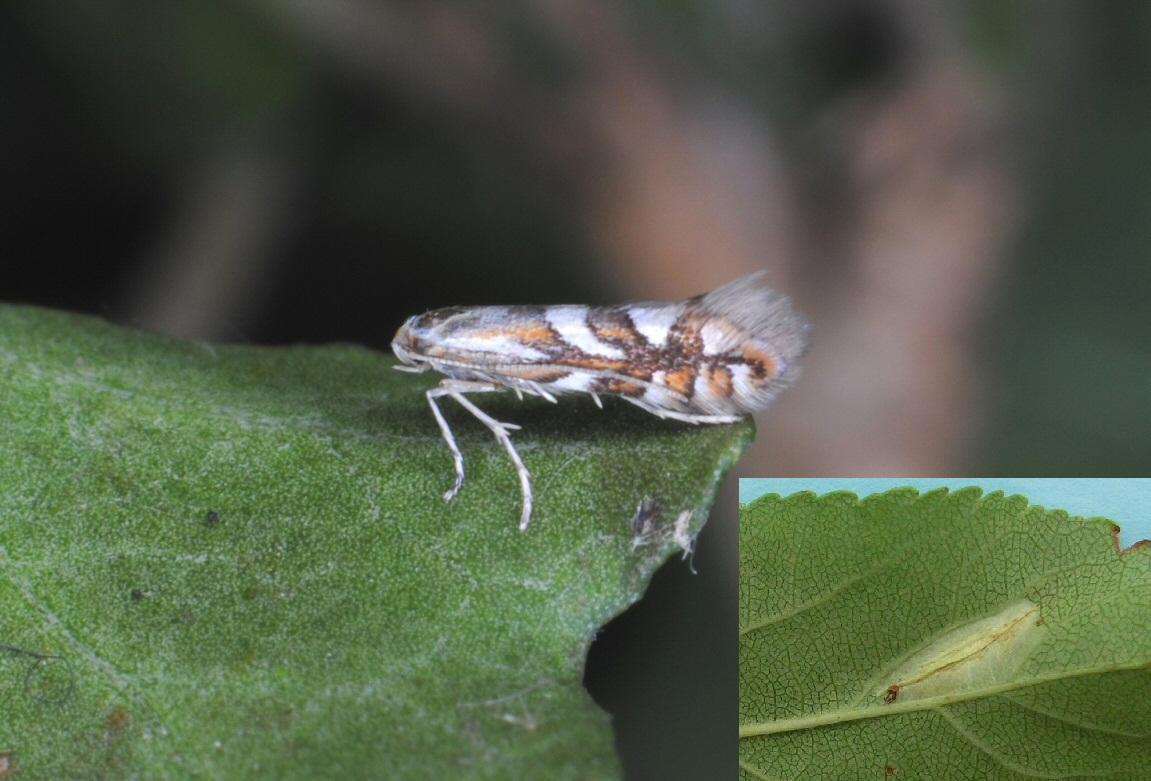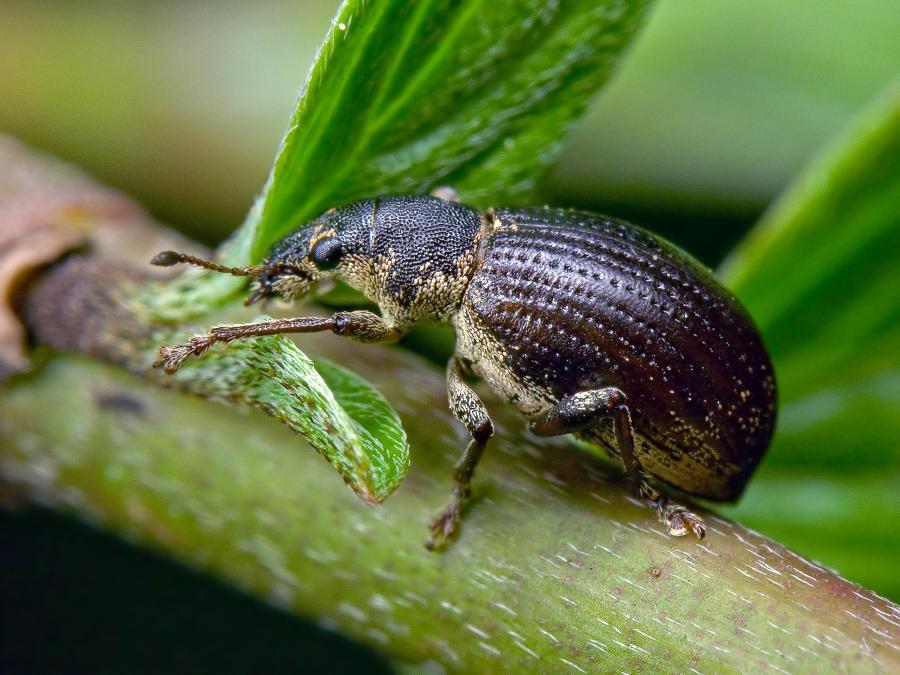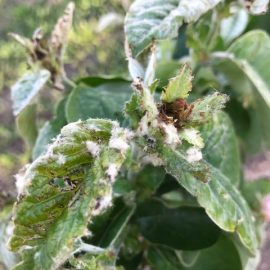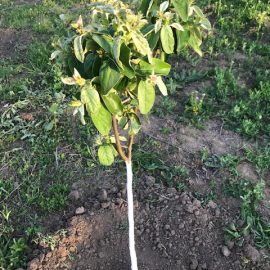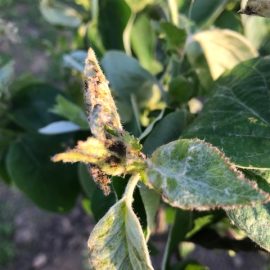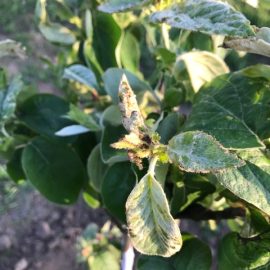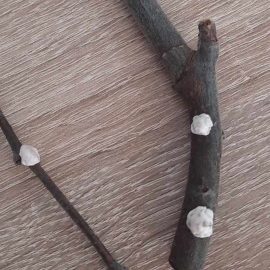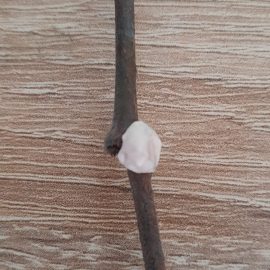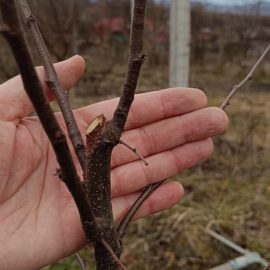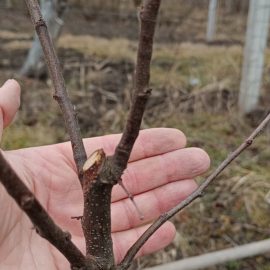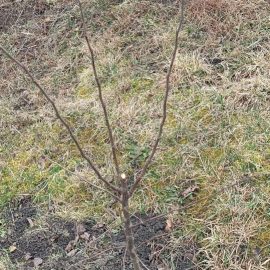Quince treatments, pest and disease control
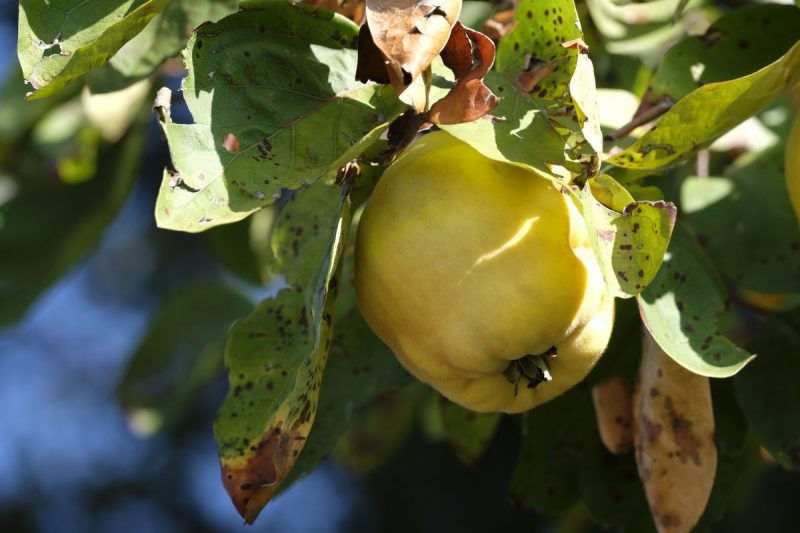
Quince (Cydonia oblonga) is part of the Rosaceae family and is a rustic tree, frequently found in family households. It is a tree of medium vigor, with a robust appearance. Quince is native to southwest Asia and has been cultivated since antiquity. Quince is an early fruit tree. It starts to bear fruit 2-3 years after planting and has a high production capacity. It is a pretentious species to light and heat. If quince plantations are located on shady land, the branches become bare, and the productive potential decreases. The root system is shallow and the crown is thick. The bark is very sensitive, being affected even by superficial bruises. The fruits have a high degree of gelling. For this reason, quinces are sought after for jam or marmalade. Quinces also contain sugars, proteins, pectins, calcium, magnesium, potassium, and iron.
The main diseases of quince
BACTERIOSIS
Fire blight (Erwinia amylovora)
It is a very dangerous disease that can compromise the entire orchard. The appearance of this disease is favored by high atmospheric humidity, wind, precipitation, and high temperatures. Trees attacked by this disease appear to be burnt by fire. The twigs wither and turn brown, and the fruit turns black or becomes spotted. In wet weather, on the affected areas appear the bacterial exudate.
Prevention and control measures:
- pruning and burning the affected quince tree branches;
- chemical treatments applied after each rain with specific fungicides.
Recommended products
-
You can find products on a different store
Change Store -
You can find products on a different store
Change Store -
You can find products on a different store
Change Store -
You can find products on a different store
Change Store -
You can find products on a different store
Change Store -
You can find products on a different store
Change Store -
You can find products on a different store
Change Store -
You can find products on a different store
Change Store -
You can find products on a different store
Change Store -
You can find products on a different store
Change Store -
You can find products on a different store
Change Store -
You can find products on a different store
Change Store -
You can find products on a different store
Change Store -
You can find products on a different store
Change Store -
You can find products on a different store
Change Store -
You can find products on a different store
Change Store -
You can find products on a different store
Change Store -
You can find products on a different store
Change Store -
You can find products on a different store
Change Store -
You can find products on a different store
Change Store -
You can find products on a different store
Change Store -
You can find products on a different store
Change Store -
You can find products on a different store
Change Store -
You can find products on a different store
Change Store
Crown gall (Agrobacterium radiobacter pv. tumefaciens)
The disease appears as tumors (galls), which vary in size depending on the plant’s age and the affected organ. Initially, small, smooth, and soft tumors appear on roots, stems, and rarely on branches or leaves. With time, the tumors enlarge, become brown or blackish-brown, and acquire a rough appearance. The pathogen enters the quince tree through wounds caused by nematodes, hail, insects, etc. The appearance of this disease is also favored by temperatures between 22 and 30 °C and atmospheric humidity of 80 %.
Prevention and control measures:
- sorting saplings before planting;
- quince saplings should be planted on land that has been prepared accordingly;
- disinfecting scissors and tools when moving from one tree to another;
- pruning affected branches up to the healthy area, applying treatment with Bordeaux mixture, and covering wounds with tree wound sealer;
- soaking the sapling roots in a solution of Bordeaux mixture of 1%;
- treatments during vegetation with copper-based products.
Recommended products
-
You can find products on a different store
Change Store -
You can find products on a different store
Change Store -
You can find products on a different store
Change Store -
You can find products on a different store
Change Store -
You can find products on a different store
Change Store -
You can find products on a different store
Change Store -
You can find products on a different store
Change Store -
You can find products on a different store
Change Store -
You can find products on a different store
Change Store -
You can find products on a different store
Change Store -
You can find products on a different store
Change Store -
You can find products on a different store
Change Store -
You can find products on a different store
Change Store -
You can find products on a different store
Change Store -
You can find products on a different store
Change Store -
You can find products on a different store
Change Store -
You can find products on a different store
Change Store -
You can find products on a different store
Change Store -
You can find products on a different store
Change Store -
You can find products on a different store
Change Store -
You can find products on a different store
Change Store -
You can find products on a different store
Change Store -
You can find products on a different store
Change Store -
You can find products on a different store
Change Store
MYCOSIS
Black spot (Diplocarpon maculatum)
This fungus attacks quince and pear orchards, but less frequently apple orchards. Its main form of attack is on the leaves. Symptoms include circular, yellowish-cream, and later reddish spots. In the center of these spots appear black dots, representing the fungus fructifications. The spots can join and cause complete defoliation. The disease can attack both the twigs and the fruit. The twigs turn brown and dry out. Leaf-like spots appear on the fruit. These merge and the pulp cracks. In these cracks, some disease develops, causing fruit rot.
Prevention and control measures:
- gathering and burning fallen leaves;
- planting resistant quince varieties;
- pruning and burning of attacked twigs;
- chemical treatments with specific fungicides
Brown rot (Monilinia linhartiana)
It is considered the most damaging disease in trees grown in cold and rainy areas. The attacked leaves hang without falling, the flowers turn brown and dry, and the branches bend in the shape of a hook. The young fruits shrivel up, turn brown, and fall massively. The pulp of mature fruit rots and yellowish-grey spots appear on the outside. Eventually, the fruits mummify and remain on the tree, ensuring disease transmission into the following year. The fungus overwinters on the mummified fruit and in the bark of attacked branches.
Prevention and control measures:
- gathering and destroying attacked fruits;
- pruning and burning of the affected branches;
- pruning the affected branches down to the healthy area, applying treatment with Bordeaux mixture, and covering the wounds with tree wound sealer;
- chemical treatments during the dormant period with copper-based products;
- preventive treatments in vegetation with specific fungicides.
Powdery mildew (Podosphaera clandestina)
The attack can be seen on the leaves of young twigs and appears as white spots. These spread and cover the entire leaf. The disease progresses and the mycelium becomes greyish and dusty. Attacked tissues shrivel and dry out. The fungus also attacks young fruits. These are covered with a white mycelial fuzz. The fruit cracks and rots.
Prevention and control measures:
- balanced fertilization;
- planting resistant varieties;
- burning attacked twigs and fruits;
- chemical treatments in vegetation with specific fungicides.
Recommended products
-
You can find products on a different store
Change Store -
You can find products on a different store
Change Store -
You can find products on a different store
Change Store -
You can find products on a different store
Change Store -
You can find products on a different store
Change Store -
You can find products on a different store
Change Store -
You can find products on a different store
Change Store -
You can find products on a different store
Change Store -
You can find products on a different store
Change Store -
You can find products on a different store
Change Store -
You can find products on a different store
Change Store -
You can find products on a different store
Change Store -
You can find products on a different store
Change Store -
You can find products on a different store
Change Store -
You can find products on a different store
Change Store -
You can find products on a different store
Change Store -
You can find products on a different store
Change Store -
You can find products on a different store
Change Store -
You can find products on a different store
Change Store -
You can find products on a different store
Change Store -
You can find products on a different store
Change Store -
You can find products on a different store
Change Store -
You can find products on a different store
Change Store -
You can find products on a different store
Change Store
The main pests of quince
Oriental fruit moth (Grapholita molesta)
It has 3-4 generations per year and overwinters like a larva in a silky cocoon in the cracks of the bark. This moth attacks the twigs, leaves, and fruits of the quince tree, but it does the most damage to the fruit. The larvae of the first generations attack the twigs and feed on them, causing great damage to newly established orchards and nurseries. The larvae of generations III and IV cause significant damage to the fruit. They enter the fruit through the stalk area or the “tip” area and gnaw irregular galleries around the pit. Fruits stagnate from growth, rot, and fall.
Control methods:
- pruning and destroying attacked fruits and twigs;
- using attractant traps;
- chemical treatments applied during mass flight with specific insecticides.
The peach twig borer (Anarsia lineatella)
This species is also found in quince trees. It develops three generations per year and overwinters as a larva under the exfoliated bark. In the spring, they leave the winter shelter and attack the buds. In young twigs, the larvae gnaw penetrating holes. Newly emerged females lay eggs on the buds, and the larvae will penetrate the fruits of the early varieties. The larvae of the next generations penetrate the fruits in the ripening phase, where they dig deep galleries.
Control methods:
- pruning and destroying the affected branches (twigs);
- chemical treatments with specific insecticides.
Summer fruit tortrix (Adoxophyes orana)
It is a polyphagous species that attacks over 47 species of herbaceous and woody plants (including quince). In spring, the larvae gnaw on buds, flowers, and leaves. The larvae enter the fruit where they dig shallow galleries. The wounds made are the entry points for fungi of the genus Monilinia.
Control methods:
- chemical treatments with specific insecticides.
San Jose scale (Quadraspidiotus perniciosus)
It is a polyphagous species that attacks over 200 species of plants. It has 1-3 generations per year and overwinters as larvae on affected species bark. Females and larvae spread to all organs of the affected plants, including the fruit, and feed on host plants sap. In case of a massive attack, the shields that protect the body of the insect overlap and suffocate the trees. They stagnate from growth, and after 2-3 years they dry out.
Control methods:
- cleaning the branches with a rough brush;
- applying dormant period treatments with horticultural oil-based products;
- chemical treatments with specific insecticides.
Recommended products
-
You can find products on a different store
Change Store -
You can find products on a different store
Change Store -
You can find products on a different store
Change Store -
You can find products on a different store
Change Store -
You can find products on a different store
Change Store -
You can find products on a different store
Change Store -
You can find products on a different store
Change Store -
You can find products on a different store
Change Store -
You can find products on a different store
Change Store -
You can find products on a different store
Change Store -
You can find products on a different store
Change Store -
You can find products on a different store
Change Store -
You can find products on a different store
Change Store -
You can find products on a different store
Change Store -
You can find products on a different store
Change Store -
You can find products on a different store
Change Store -
You can find products on a different store
Change Store -
You can find products on a different store
Change Store -
You can find products on a different store
Change Store -
You can find products on a different store
Change Store -
You can find products on a different store
Change Store -
You can find products on a different store
Change Store -
You can find products on a different store
Change Store -
You can find products on a different store
Change Store
Fall webworm moth (Hyphantria cunea)
It is a polyphagous species that attacks ornamental trees (mulberry, plane tree, etc.) as well as fruit tree species. It has two generations per year and overwinters as a pupa in the surface layer of the soil. This pest causes tree defoliation and thus lower fruit production. The caterpillars settle on the underside of the leaves and begin to consume them. They also build a kind of nest, inside which they feed.
Control methods:
- chemical treatments with specific insecticides.
Brown-tail moth (Euproctis chrysorrhoea)
It is a polyphagous species that attacks several trees and fruit trees. It has one generation per year and overwinters like a larva in a cocoon at the top of the twigs. The larvae attack buds and leaves and may cause tree defoliation. To detect the presence of this pest, trees should be carefully examined.
Control methods:
- removing branches on which larvae are present;
- chemical treatments with specific insecticides.
Shothole borer (Scolytus rugulosus)
It is a polyphagous pest that attacks many species (including quince tree). They are present in old orchards. The larvae and adults live in the space between the bark and the wood and feed on the phloem. Adults gnaw galleries along the stem and branches, and larvae gnaw holes in the wood. If the attacks are strong and repeated, the trees dry out
Control methods:
- burning of affected trees and branches;
- checking the planting material;
- collecting all debris from the orchard;
- performing specific treatments during the dormant period;
- chemical treatments with specific insecticides.
Peach weevil (Rhynchites bacchus)
Adults feed on flower buds, leaves, and fruits. It is a polyphagous species that attacks fruit tree species. Females lay eggs in freshly formed fruits. The larvae grow in fruits, where they consume pulp and seeds. This pest can only develop in the presence of brown rot disease.
Control methods:
- mobilizing the soil in the orchard, in autumn;
- gathering mummified fruits;
- chemical treatments with specific insecticides.
Codling moth (Cydia pomonella)
It is a polyphagous species that attacks several species of fruit trees. Larvae of different ages attack the fruit. Females lay their eggs directly on the fruit or on the leaves near the fruit. After hatching, the larvae dig galleries in the fruit, leaving droppings inside.
Control methods:
- using pheromone traps to identify adult flight;
- chemical treatments with specific insecticides.
The apple aphid (Aphis pomi)
It is a polyphagous species that attacks several species of fruit trees. Aphids colonize the underside leaves and growing tips. The attacked trees have small growths, the fruits remain small, the production is strongly affected. Aphids also transmit several viruses.
Control methods:
- chemical treatments with specific insecticides.
Spotted tentiform leafminer (Phyllonorycter blancardella)
This insect attacks several ornamental shrubs and fruit trees. The larvae feed on the tissues between the upper and lower leaf epidermis. A massive attack can severely reduce photosynthesis capacity and thus lower yields.
Control methods:
- collecting and destroying fallen leaves on the ground;
- chemical treatments with specific insecticides.
Sciaphobus squalidus
It is a dangerous species that attacks mainly buds and flower buds. It develops one generation every two years and overwinters as an adult in the topsoil. In spring, the adults emerge and climb the trees and feed on the buds and flower buds. The larvae are not harmful to trees, they feed on the roots of spontaneous herbaceous plants.
Control methods:
- soil mobilization in the orchard (autumn);
- chemical treatments with specific insecticides.














































































































































































































































































































































































































































